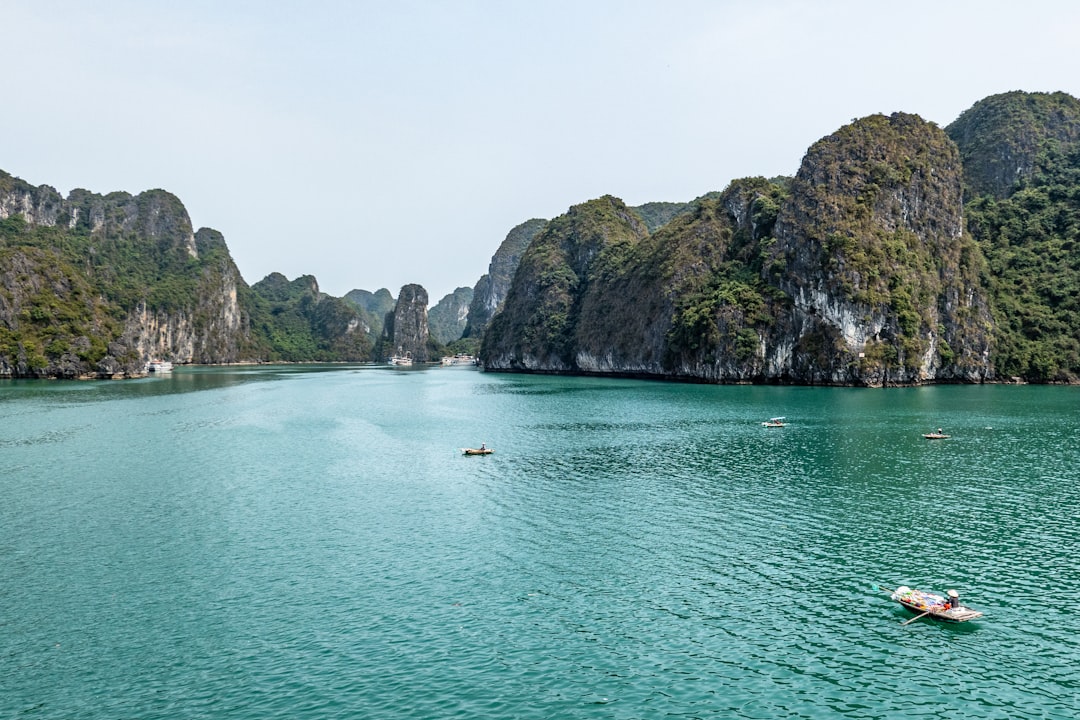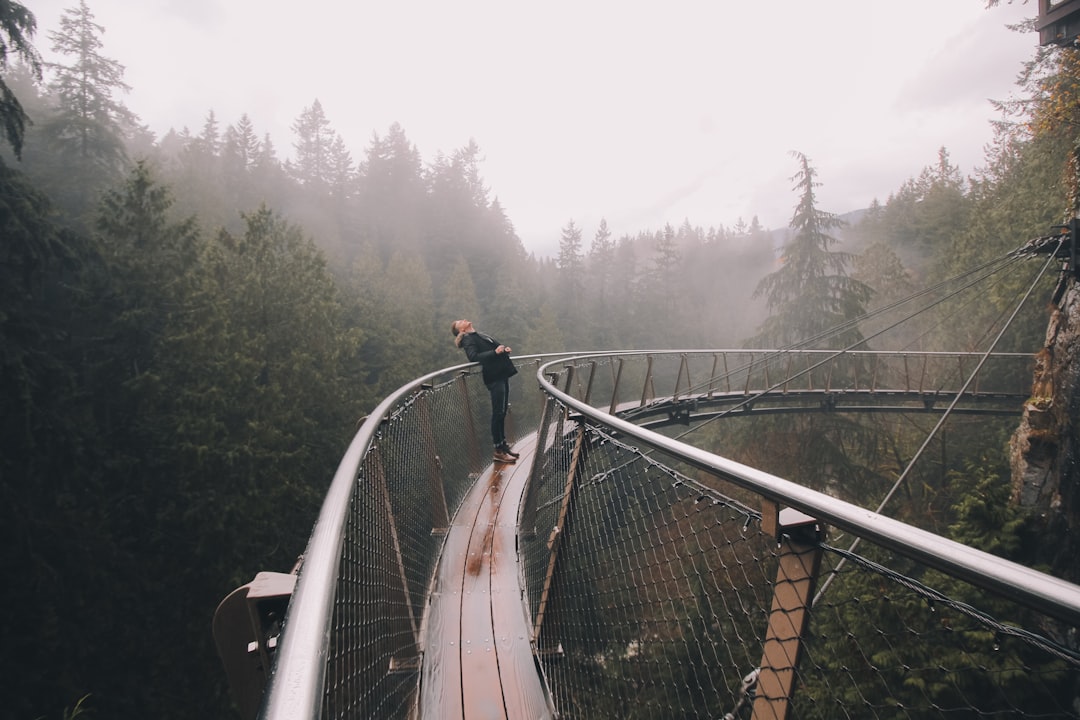AI Selfies Reshaping Travel Photography and Online Confidence
AI Selfies Reshaping Travel Photography and Online Confidence - Automated Enhancements and the Travel Photographer's Toolkit
Automated enhancements have truly reshaped the travel photographer’s approach, evolving from helpful shortcuts into near-invisible co-pilots in crafting digital memories. What's new isn't just their presence, but their deep integration directly into capturing the journey, offering instantaneous transformations from the mundane to the seemingly magical. Real-time AI now goes beyond simple tweaks, intelligently restructuring light, refining complex compositions, and even subtly altering environments, all before the shutter fully clicks. This technological leap allows adventurers to remain immersed in their experience, freeing them from intricate post-production. Yet, this seamless perfection also presents a dilemma: how much of the "enhanced" image truly reflects the unvarnished reality of the trip, and what does it mean for the stories we tell ourselves and others about our travels?
The ongoing integration of computational intelligence into our visual tools has unveiled several intriguing facets concerning how we capture and perceive travel moments:
Many contemporary mobile devices have become surprisingly adept at low-light image capture, not primarily through larger sensors, but via sophisticated computational methods. Multi-frame synthesis and intelligent noise suppression algorithms are now standard, effectively creating visual data that wasn't strictly 'there' in the original light capture. This computational 'fabrication' closes the gap on traditional camera capabilities in dim environments, sometimes presenting a level of clarity that almost feels... synthetic.
The latest iteration of image processing software incorporates AI models capable of autonomously assessing and correcting entire collections of travel photographs. These systems perform rapid, contextual adjustments – tweaking exposure, white balance, and lens distortions – often in less time than it takes to blink. While undeniably efficient in streamlining the visual output pipeline, this automation also raises questions about the subtle loss of individual artistic interpretation in the name of speed and consistency.
Emerging neuroscientific observations propose an interesting correlation: images refined by AI algorithms, often conforming to a statistically derived 'ideal' aesthetic for composition and illumination, appear to elicit a stronger dopaminergic response in observers than their unretouched counterparts. This physiological reaction, whether conscious or subconscious, may contribute to the increased engagement metrics we observe across social platforms for these 'optimized' visuals. One might ponder the implications of such 'perfection' on our evolving visual consumption habits.
Moving beyond simple "fill-in-the-gaps" tools, sophisticated AI models within current imaging platforms are demonstrating an uncanny ability to intelligently synthesize and reconstruct portions of travel photographs. This isn't merely about removing an unwanted passerby; it involves generating entirely new, highly plausible textures and visual data to convincingly fill an empty space or even reconstruct a missing background element. The line between photographic capture and computational fabrication has effectively dissolved, raising questions about visual authenticity.
As of mid-2025, certain advanced camera systems incorporate predictive AI layers that analyze a scene's spatial characteristics, illumination, and primary subjects in real-time. These systems don't just optimize settings; they proactively suggest optimal framing or composition guides on the viewfinder, aiming to ensure a higher hit-rate for what might be termed 'social media ready' imagery. While it streamlines the capture process, this increasingly prescriptive guidance might subtly shift the photographer's role from intuitive observer to executioner of algorithmic recommendations.
AI Selfies Reshaping Travel Photography and Online Confidence - Visual Authenticity and the Digital Alteration Debate
The ongoing conversation around visual integrity now sharply focuses on digital manipulation, especially as artificial intelligence reshapes how we capture travel moments. When travelers increasingly lean on sophisticated editing and AI-fueled self-portraits to narrate their adventures, a fundamental question emerges: Do these images truly reflect what transpired, or are they carefully constructed fictions designed to look appealing, often at the expense of genuine representation? Both public figures and everyday explorers can find themselves ensnared in a dynamic where the desire for online approval and metric validation overshadows the unvarnished reality of their journeys. This evolving trend not only shifts how individuals see themselves but also fundamentally alters our collective understanding of documenting travel, where an urge for flawless imagery might eclipse factual recounting.
Research in cognitive neuroscience increasingly indicates that repeatedly viewing heavily refined, algorithmically-perfected photographic renditions of our own journeys may, over time, subtly overwrite or significantly alter the brain's original, raw recollections. This process effectively blurs the lines between what was genuinely experienced and the idealized digital reconstruction, posing intriguing questions about the fidelity of personal memory.
An observable arms race is now well underway in the digital visual domain: for every leap in generative or enhancement AI, parallel advancements are occurring in forensic artificial intelligence designed to detect the tell-tale signatures of such algorithmic processing. This constant technological one-upmanship suggests a future where the ability to alter images is met by an equally sophisticated capacity for exposing those alterations, forming a complex equilibrium in visual trust.
While optimized visuals demonstrably capture attention, a noticeable undercurrent of public doubt is beginning to emerge. Social science studies are pinpointing a creeping skepticism among audiences, suggesting that the ubiquity of seemingly 'perfect' travel imagery is inadvertently chipping away at the collective trust placed in online portrayals of reality, fostering a general uncertainty about the genuineness of shared digital narratives.
A curious effect of constant immersion in 'perfected' visual streams is a gradual recalibration of our own perceptual standards. Individuals consuming and producing these hyper-enhanced travel aesthetics may find their internal visual benchmarks unconsciously shifting, potentially leading to a diminished appreciation or even a subtle dissatisfaction with the unfiltered complexity and less-than-ideal 'rawness' of actual, real-world moments.
Within the highly competitive arena of digital storytelling, particularly for those whose livelihood depends on online visibility, AI-driven visual optimization has, perhaps unintentionally, transformed from an optional tool into an almost obligatory standard. The mechanisms by which content is prioritized on platforms frequently favor images adhering to these enhanced aesthetic ideals, placing significant pressure on creators and subtly shaping the very nature of what is deemed 'shareable' or 'successful' in travel media.
AI Selfies Reshaping Travel Photography and Online Confidence - Content Creators' New Tools Navigating Online Persona
Today, content creators navigating the digital sphere are encountering a new wave of tools that profoundly reframe their approach to online identity. These advanced digital instruments, increasingly infused with artificial intelligence, are not just about perfecting a visual; they are reshaping the very workflow and conceptualization of what it means to present oneself online. This accessibility allows a broader spectrum of individuals to generate visually sophisticated output with unprecedented ease, shifting the emphasis from traditional technical mastery to prompt-based orchestration and instant refinement. The speed and seamlessness of these new processes fundamentally alter the rhythm of digital storytelling, impacting how creators conceive and construct their public persona, moving beyond mere documentation to an almost pre-emptive act of image curation. This evolution quietly redirects the creative impulse, focusing it towards rapid production tailored for immediate consumption.
Tools powered by artificial intelligence are increasingly being deployed to analyze a creator's past content performance and prevailing trends, effectively predicting how new visual narratives might resonate. This allows for an anticipatory shaping of material, designed to maximize its visibility within platform algorithms, subtly guiding the creative process towards what the data suggests will be most 'successful' online.
A fascinating development involves the use of sophisticated generative AI to construct entirely synthetic digital representations, from hyper-realistic avatars to fully autonomous virtual personalities. This capability allows creators to explore expanded forms of online presence, potentially dissociating their digital persona from their physical self and introducing novel ways to engage audiences.
Intriguing neuroscientific findings suggest that individuals who routinely employ AI to refine their own digital self-portraits, particularly in travel contexts, may encounter an elevated psychological burden. The relentless pursuit of an algorithmically-perfected online image can paradoxically amplify self-criticism or generate a palpable sense of dissonance between their curated digital appearance and their unfiltered, lived reality.
Furthermore, AI systems are proving adept at dissecting granular demographic and interest data, enabling creators to pinpoint and directly engage highly specialized niche communities. This analytical prowess allows for a remarkable degree of personalization in persona presentation, fostering a more precise resonance with distinct follower segments, while perhaps fragmenting the creator's perceived identity across various groups.
AI Selfies Reshaping Travel Photography and Online Confidence - Shifting Expectations of Travel Authenticity Online
The way we conceptualize authentic travel experiences online is undergoing a profound transformation. Increasingly, the unfiltered reality of a journey is being re-evaluated against a backdrop of digitally enhanced perfection, leading to a nuanced shift in what both creators and viewers expect from travel imagery. This means the very definition of a "real" travel photograph is now inherently complex, as the prevalent drive to present an aesthetically flawless version of events subtlely reshapes our collective understanding. What emerges is an ongoing tension where the allure of visual precision subtly redefines the established benchmarks for authenticity, sometimes moving beyond the raw, unedited truth of an actual adventure.
The sheer volume of AI-refined travel visuals accessible online may subtly redirect individual travel motivations by mid-2025. Instead of solely seeking novel experiences for their intrinsic value, some journeys might increasingly be undertaken primarily to generate digital content that mirrors or even surpasses these algorithmically perfected portrayals, subtly shifting the very essence of exploration.
An intriguing development observed is the deployment of advanced AI not merely for flawless visual refinement, but for the deliberate introduction of simulated flaws or 'grittiness'. This technique aims to artificially inject a sense of 'unvarnished' authenticity into an image, ironically creating a curated reality that bypasses genuine lived experience by manufacturing imperfection.
Neurocognitive research from early 2025 indicates a generational divergence in how 'authenticity' is perceived visually. Younger cohorts, continually immersed in AI-augmented content, appear to integrate digitally enhanced visuals into their schema of genuine experience with less cognitive friction than older demographics, suggesting a fundamental shift in baseline perceptual frameworks.
A discernible pressure is now emerging on actual physical travel destinations and attractions to conform to their often hyper-idealized digital representations. This can prompt investments in aesthetic upgrades or even minor structural adjustments, driven by the desire to meet visitor expectations sculpted by algorithmically perfected online imagery rather than the natural state of the location.
The pervasive application of AI in optimizing travel visuals, often guided by statistical models of what resonates, appears to be inadvertently cultivating a homogenized aesthetic. This trend risks diminishing the appreciation for visually unique or unconventional perspectives, pushing towards a narrow, algorithmically defined notion of 'beautiful' in online travel content.
More Posts from itraveledthere.io:
- →The Recovered Wanderer - How I Reclaimed My Vacation Memories
- →Recovering Those Priceless Travel Moments A Guide to Deleted Image Recovery After a Data Transfer
- →Capturing Greece's Connected Beauty A Travel Photographer's Guide to Seamless Island Hopping
- →Uncovering The Hidden Parallels Exploring the Warrior Spirits of Kida Nedakh and Nausicaä
- →The Selfie Paradox How Travel Photography Shapes Our Global Identity in 2024
- →Maximizing Urban Spaces Rooftop Solar and Solar Roads Pave the Way for Green Energy Integration

